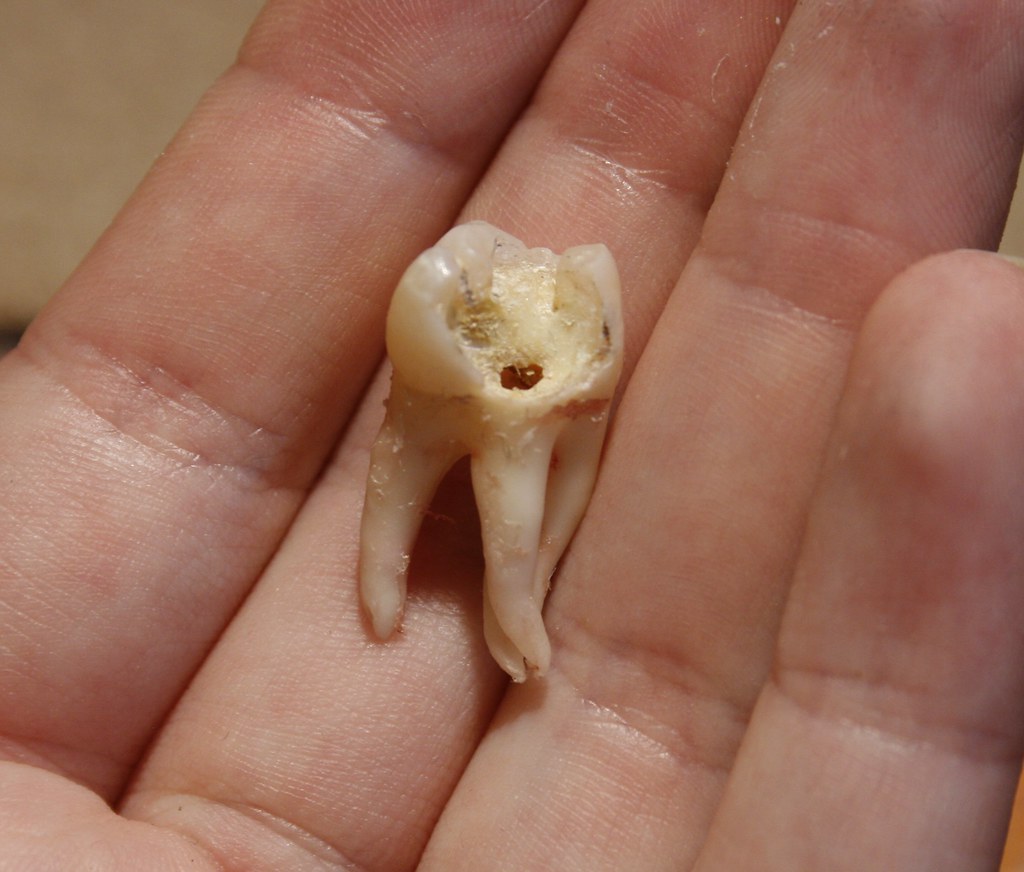Allergic Reaction: Identify Preservatives
The prevalence of allergic reactions to preservatives in personal care products, foods, and pharmaceuticals has become a significant concern for public health. Preservatives are substances added to products to prevent the growth of microorganisms, extend shelf life, and maintain product stability. However, certain preservatives can trigger allergic reactions, ranging from mild skin irritation to life-threatening anaphylaxis. In this article, we will delve into the world of preservatives, exploring the most common culprits, their uses, and the potential risks associated with them.
Parabens: A Common Preservative
Parabens are a group of preservatives widely used in personal care products, such as shampoos, conditioners, lotions, and cosmetics. They are effective against a broad spectrum of microorganisms and are relatively inexpensive. However, parabens have been linked to allergic reactions, including skin irritation, itching, and redness. Some studies have also suggested a potential link between parabens and hormonal imbalances, although more research is needed to confirm this association.
Formaldehyde-Releasing Agents: A Hidden Danger
Formaldehyde-releasing agents, such as quaternium-15, DMDM hydantoin, and imidazolidinyl urea, are commonly used in personal care products and cosmetics. These preservatives release formaldehyde, a known human carcinogen, over time. Exposure to formaldehyde can cause skin irritation, allergic contact dermatitis, and respiratory problems. The use of formaldehyde-releasing agents has been banned in some countries due to concerns over their safety.
Sulfites: A Food Preservative
Sulfites are a group of preservatives used in foods, such as dried fruits, wine, and beer, to prevent browning and spoilage. While generally recognized as safe (GRAS) by regulatory agencies, sulfites can cause allergic reactions in sensitive individuals. Symptoms of sulfite sensitivity include hives, itching, and difficulty breathing. In severe cases, sulfite exposure can trigger anaphylaxis, a life-threatening allergic reaction.
Benzoates: A Preservative with Promising Alternatives
Benzoates, such as sodium benzoate and potassium benzoate, are commonly used in foods and personal care products. While generally considered safe, benzoates have been linked to allergic reactions, including skin irritation and respiratory problems. However, researchers are exploring alternative preservatives, such as plant-derived antimicrobials, which may offer a safer and more effective solution.
Identification and Diagnosis
Identifying an allergic reaction to a preservative can be challenging, as symptoms may be similar to those caused by other allergens or irritants. A healthcare professional may use a combination of the following methods to diagnose a preservative allergy:
- Patch testing: Applying a small amount of the suspected preservative to the skin to observe any adverse reactions.
- Elimination diet: Removing common preservatives from the diet to see if symptoms improve.
- Medical history: Reviewing the individual’s medical history to identify potential exposure to preservatives.
Treatment and Prevention
Treatment for an allergic reaction to a preservative typically involves avoiding exposure to the offending substance and managing symptoms with medication, such as antihistamines or corticosteroids. In severe cases, emergency medical attention may be necessary.
To prevent allergic reactions to preservatives, individuals can take the following steps:
- Read labels carefully: Check product labels for known allergens and preservatives.
- Choose preservative-free products: Opt for products labeled as “preservative-free” or “hypoallergenic.”
- Use alternative products: Consider using products with natural preservatives, such as plant-derived antimicrobials.
Conclusion
Preservatives play a crucial role in maintaining product safety and stability, but they can also pose a risk to individuals with allergies. By understanding the most common preservatives, their uses, and potential risks, individuals can take steps to minimize their exposure and prevent allergic reactions. As researchers continue to explore alternative preservatives and safer formulations, we can expect to see a reduction in the incidence of allergic reactions to these substances.
FAQ Section
What are the most common preservatives used in personal care products?
+The most common preservatives used in personal care products include parabens, formaldehyde-releasing agents, and benzoates.
Can sulfites cause an allergic reaction?
+Yes, sulfites can cause an allergic reaction in sensitive individuals, ranging from mild symptoms like hives and itching to severe reactions like anaphylaxis.
How can I identify a preservative allergy?
+A healthcare professional may use patch testing, elimination diet, and medical history to diagnose a preservative allergy.
What are some alternative preservatives that are considered safer?
+Researchers are exploring alternative preservatives, such as plant-derived antimicrobials, which may offer a safer and more effective solution.
Can I prevent an allergic reaction to a preservative?
+Yes, individuals can take steps to prevent an allergic reaction to a preservative by reading labels carefully, choosing preservative-free products, and using alternative products with natural preservatives.
Key Takeaways
- Preservatives are substances added to products to prevent the growth of microorganisms and extend shelf life.
- Common preservatives, such as parabens, formaldehyde-releasing agents, and sulfites, can cause allergic reactions.
- Identification and diagnosis of a preservative allergy involve patch testing, elimination diet, and medical history.
- Treatment and prevention of allergic reactions to preservatives involve avoiding exposure to the offending substance and managing symptoms with medication.
- Alternative preservatives, such as plant-derived antimicrobials, may offer a safer and more effective solution.
Step-by-Step Guide to Reducing Preservative Exposure
Step 1: Read Labels Carefully
Check product labels for known allergens and preservatives.
Step 2: Choose Preservative-Free Products
Opt for products labeled as "preservative-free" or "hypoallergenic."
Step 3: Use Alternative Products
Consider using products with natural preservatives, such as plant-derived antimicrobials.
Step 4: Consult with a Healthcare Professional
If you suspect a preservative allergy, consult with a healthcare professional for proper diagnosis and treatment.
Pro-Con Analysis of Preservatives
Pros of Preservatives
- Prevent the growth of microorganisms and extend shelf life
- Relatively inexpensive and effective
- Wide range of applications in personal care products, foods, and pharmaceuticals
Cons of Preservatives
- Can cause allergic reactions, ranging from mild skin irritation to life-threatening anaphylaxis
- May be linked to hormonal imbalances and other health problems
- Can be hidden in product labels, making it difficult for consumers to avoid them


